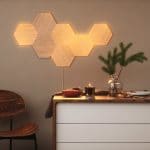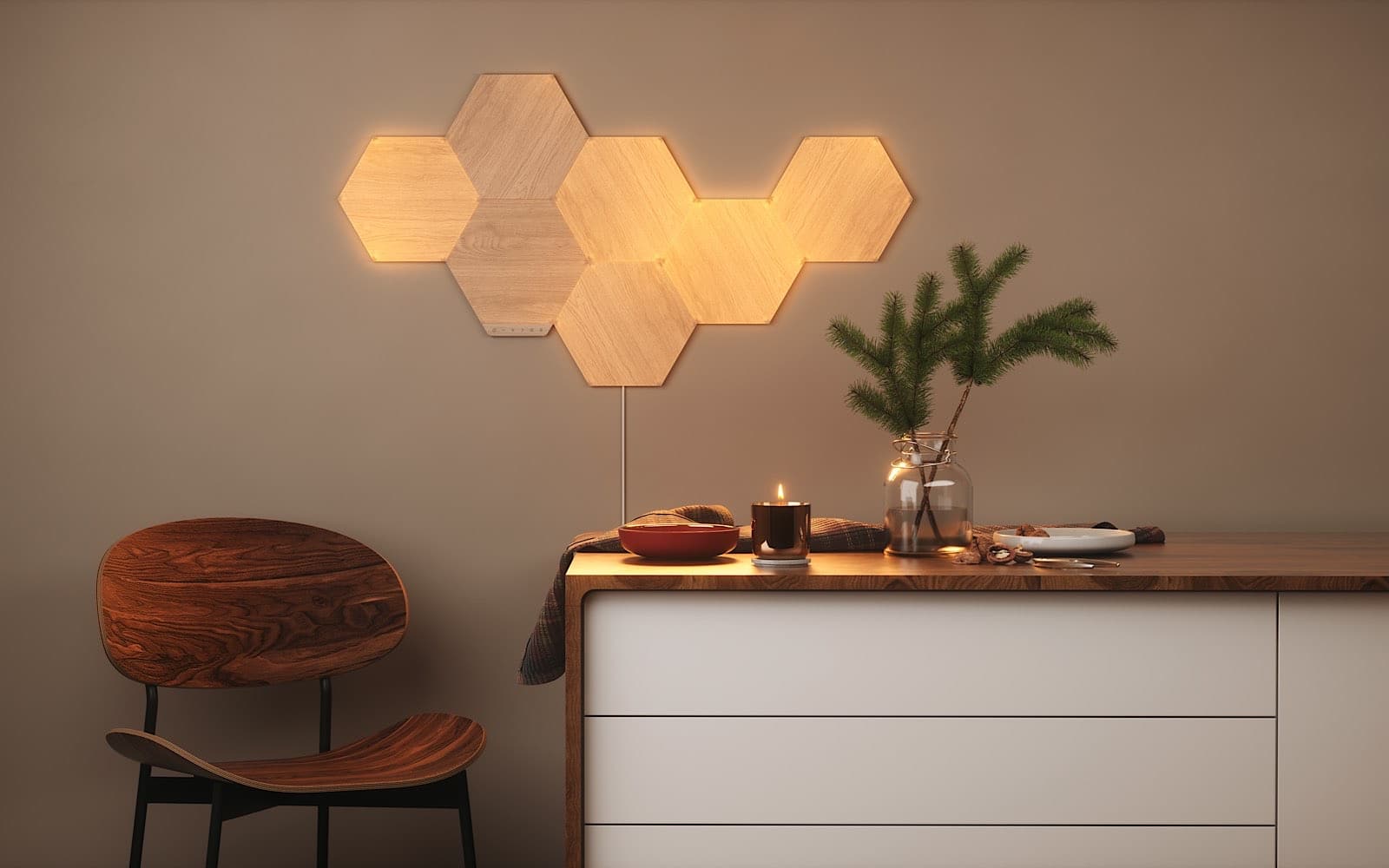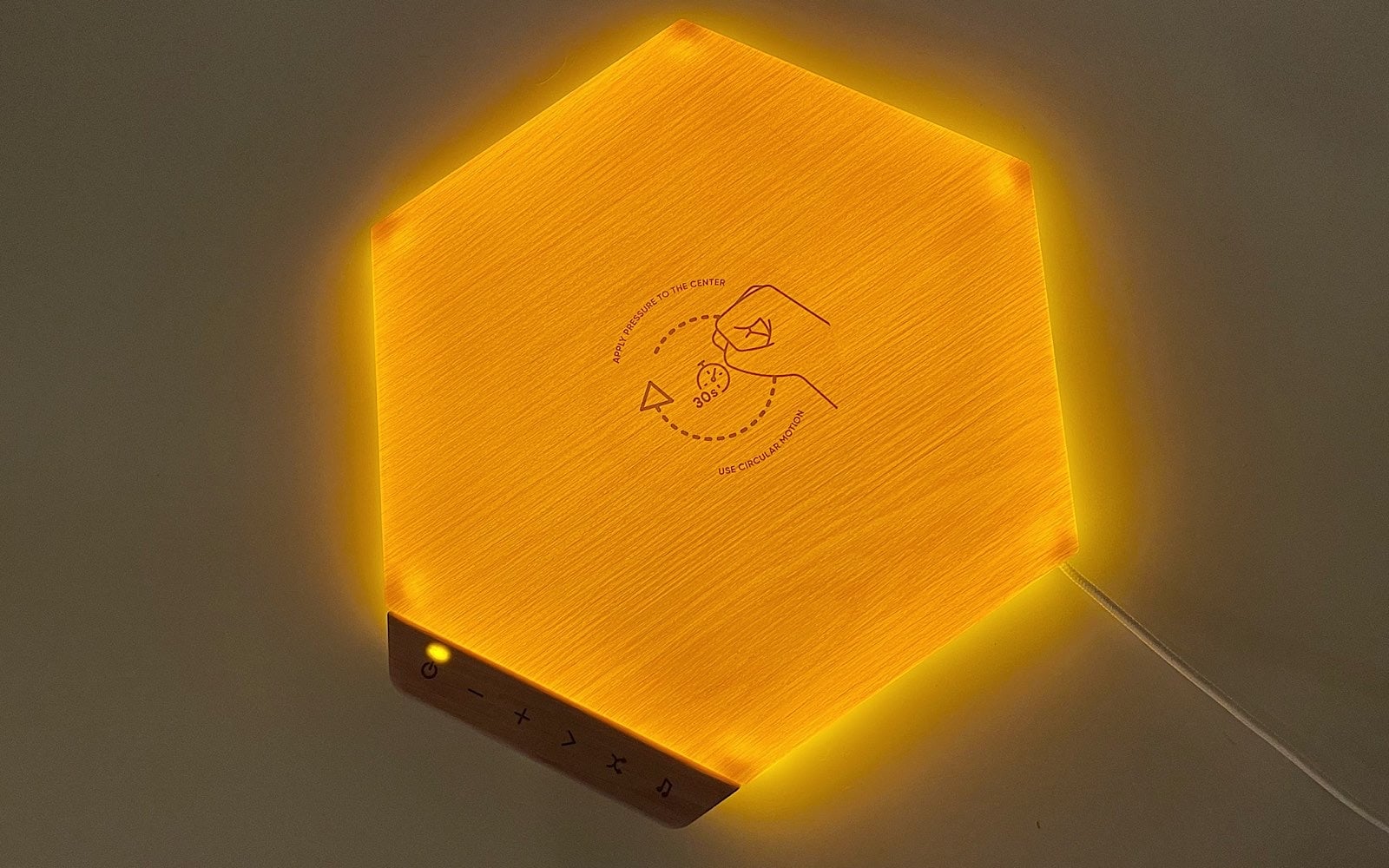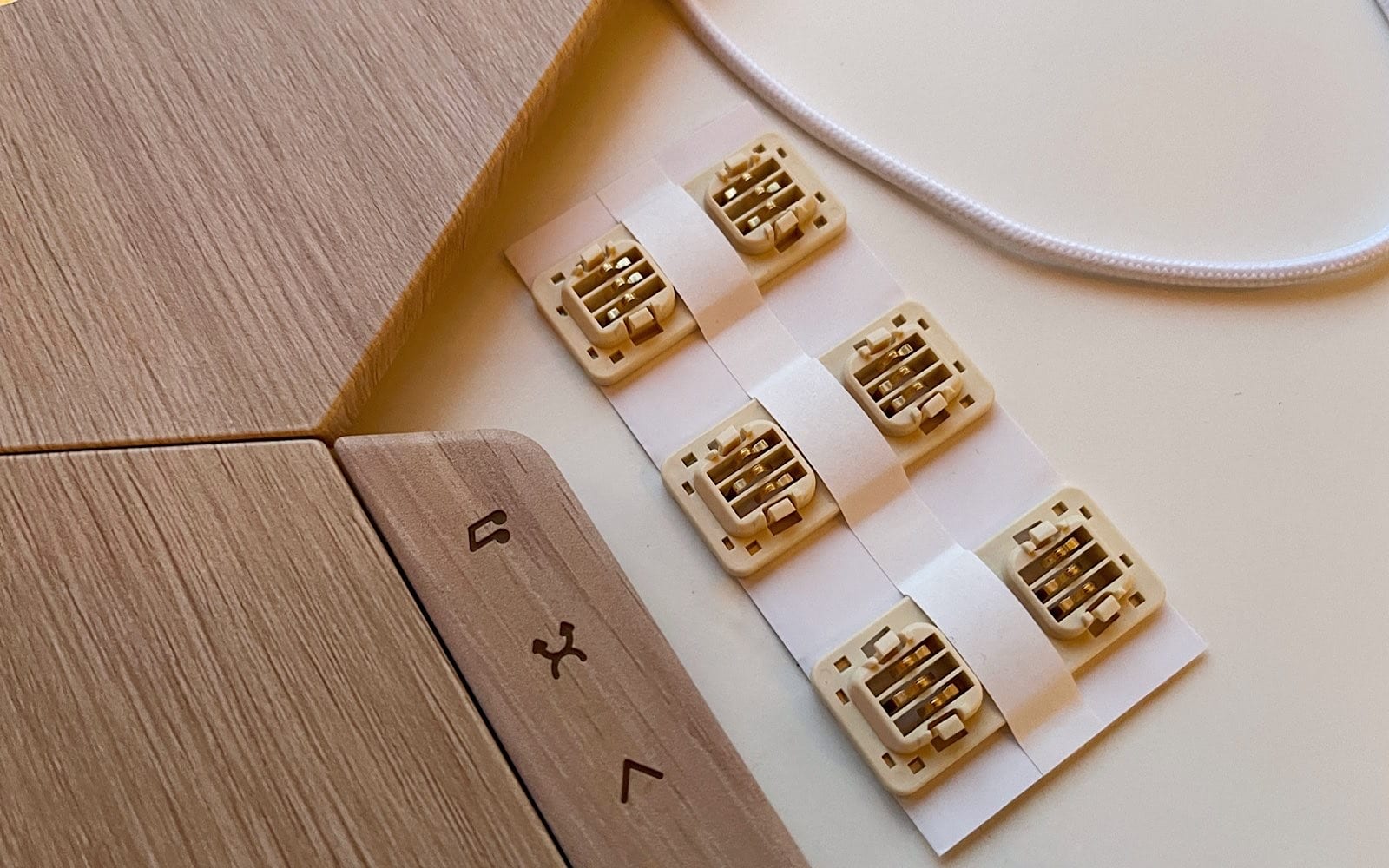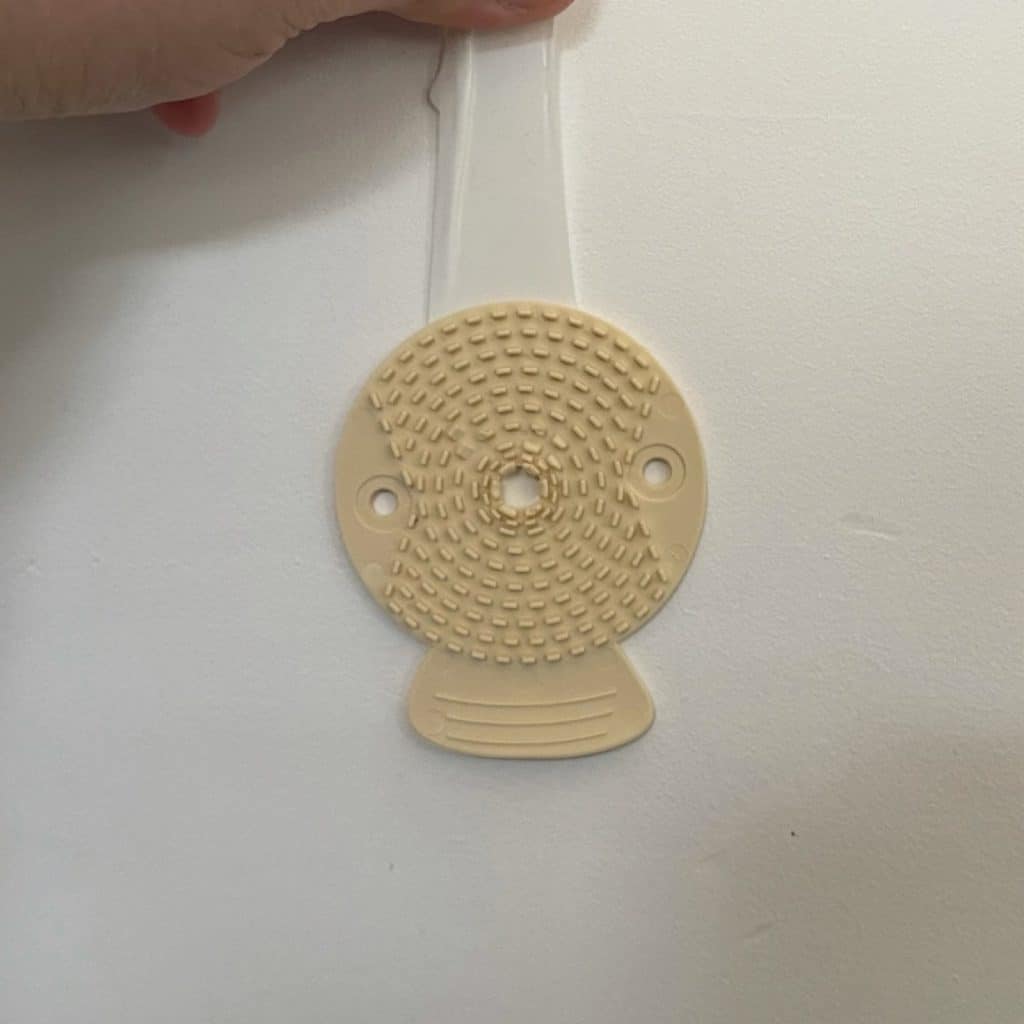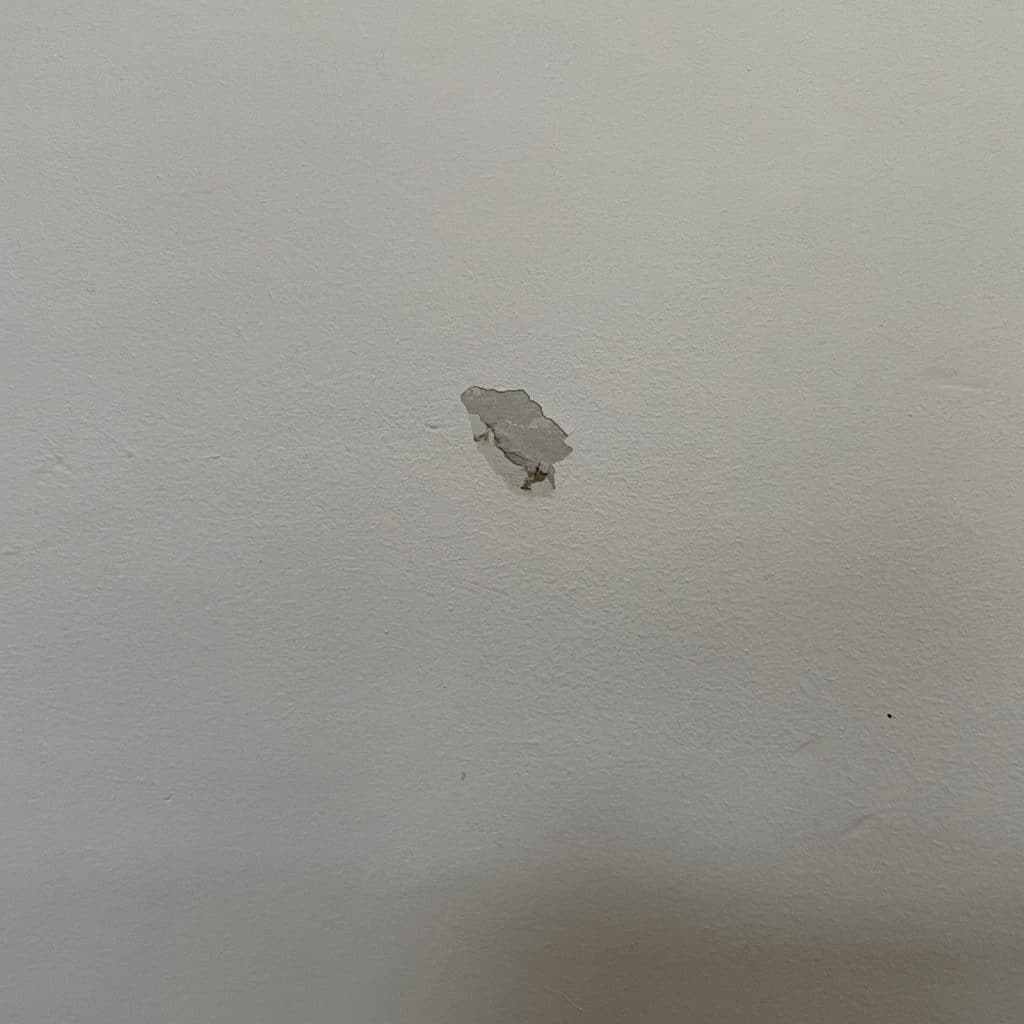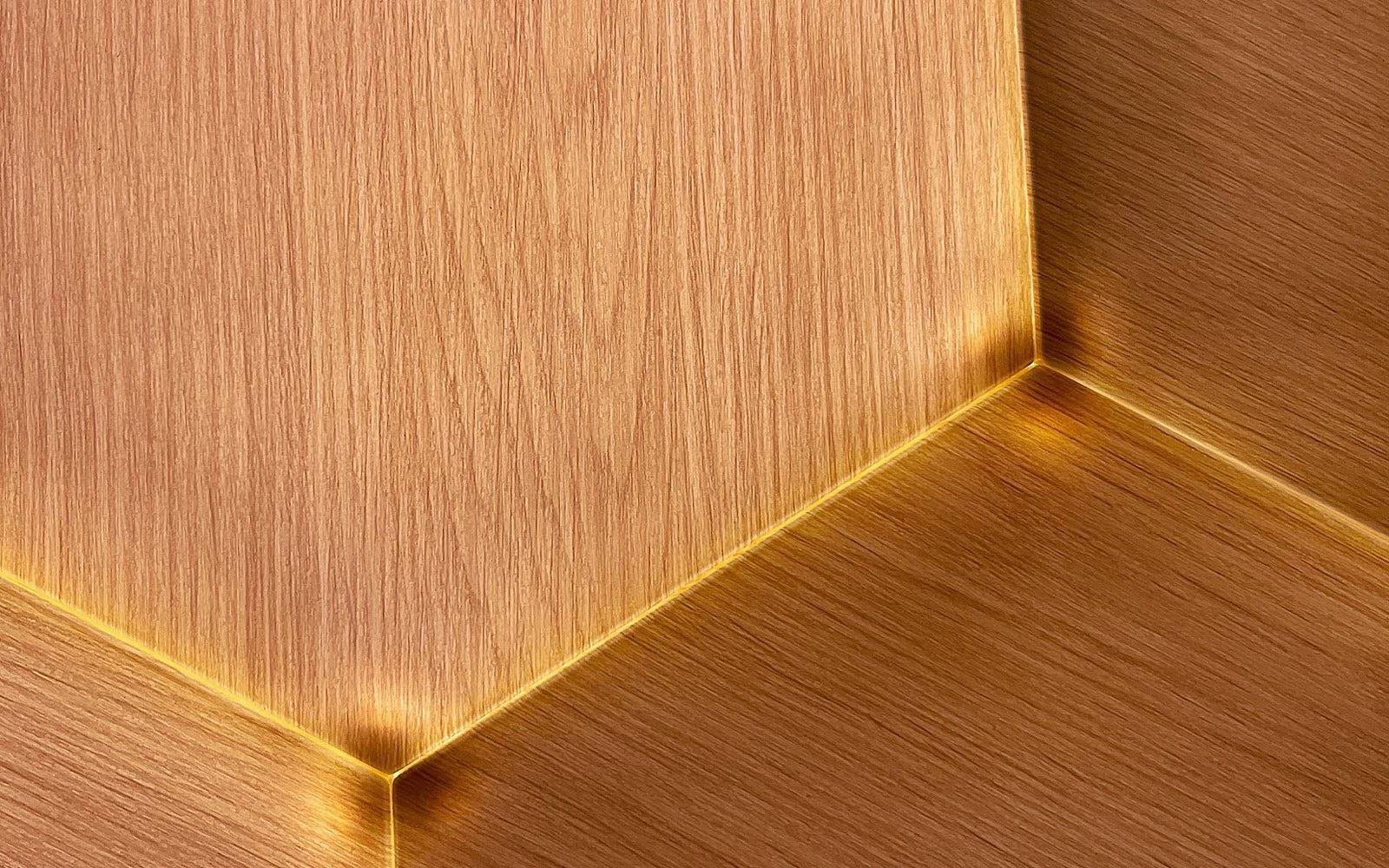Quick review
The good
The not-so-good
The idea of colourful smart light panels aren’t for everyone, so Nanoleaf is bringing it back to base elements with wood. Is it an idea that works?
We live in a world where the word “smart” is attached to nearly everything.
Technically, when you see a word like that, you’re being reminded to think that it’s internet-connected and app-controlled, because that’s all “smart” really means, and it’s why we have smart speakers, smart displays, smart watches, and yes, smartphones.
We also have smart lighting, whereby the lights can be controlled using either a standard light switch, or if they’re already switched on, your phone or a smart speaker, and these come in lots of different types. Smart light bulbs, smart light strips, smart outdoor lights, and smart indoor bathroom varieties.
And there’s another variety that pops up, too: smart decorative lighting.
Different from the always useful lightbulb, smart decorative lighting panels take LEDs and apply them to a shape, allowing you to mount these shapes to a wall, and create a layout of colour and light.
It’s an area Nanoleaf has been dabbling in for quite some time, but it’s not one everyone admires. Nanoleaf’s typical lights are all about the bright colours, with reds and pinks and yellows and blues and greens, and that rainbow of spectrum isn’t going to be for every wall.
But the most recent take, the Nanoleaf Elements, does something a little different, sticking lights behind a panel of faux wood, making it a slightly more mature and classy approach to smart lighting.
While it might be an approach to win new fans, it has more than one catch, and one that your significant other might end up being rather mad over, especially after installation. Is the Nanoleaf Elements worth the hassle, or would you be better off buying a nice picture instead?
What is it?
A hexagonal block of plastic with LEDs in corners, Nanoleaf’s Elements is a rather simple concept, allowing you to link up shapes to create light-up decor for the home.
It’s not Nanoleaf’s first gadget like this, with the square Nanoleaf Canvas and the triangular and other polygon forms of in the Nanoleaf Shapes, but the idea is still the same idea: light up panels for the wall.
Elements changes things a little bit by lining the panels with a wood grain and texture. It’s not real wood, and is about as fake as fake wood gets, but Nanoleaf Elements delivery of wood means the decor can look like wood when the lights are off, as opposed to looking white in the other models.
What does it do?
On or off, these provide some decoration for your wall, though they look different depending on the state you set them on.
If you’re someone who fancies themselves a bit of a designer or interior decorator, this might be the way you make your home look a little warmer and brighter, assembling a puzzle of hexagons that can be vibrant and offer light when on, while they look more like the sort of wooden panels sitting on the inside of a music studio when off.
They can respond to sound and flash like a visual equaliser, or shuffle through colour modes, and even just hold one single colour or brightness.
Nanoleaf lets you control this either by smart assistant — Google, Alexa, or Apple Siri — and you can use the app to do this, as well.
You don’t have the huge selection of colours like on Nanoleaf’s other panels, because the lights are more like a white bulb, controlling yellow or orange colours, and then brightness levels. There’s no support for colour here.
But you can link the Element hexagons together and create a large panel for your wall, provided you’ve set the linkers up on each panel.
How do you install the Elements panels?
Each hexagon includes a small block of stretchable adhesive similar to the 3M Command stretch release adhesive, though it doesn’t appear to be quite the same. This sits on a panel meant to be mounted to the wall that clings to the hexagon through a small pivot point.
On each side is a section of metal contacts where you connect Nanoleaf’s Connect+ linkers, which are small plastic blocks with snap-in jumpers to share the electricity to other shapes. Essentially, you plug in linkers to the shapes and expand your Nanoleaf decor however you want.
Installing is typically as simple as working out how you want to set the panels up, setting up the linkers ahead of time, peeling off the adhesive, and pressing the panel against the wall one at a time, before snapping in other panels on top. Make sure one of the panels includes the plug cable, which snaps in like another of the linker modules, and then hangs down your wall, as you do.
Once you’re all done with that, you’ll have a faux wood form of art for the wall that when plugged in lights up, responding to sound and controllable using the Nanoleaf app once it has been set up.
Does it do the job?
Truth be told, Nanoleaf’s Elements is a little like a fireplace for your wall, flickering and shining warm colours when you want it, but also offering a simple wood texture when the whole thing is off.
It’s relatively easy to understand, but largely unnecessary, and to be honest, we think it actually looks better off than on. The wood can feel classy, but the lights a little less so.
The coolest part may well be the visualisation element, which allows the Element light panels to respond to what you’re listening to, turning your wall art into a sort of light-up reaction for the music you’re jamming to.
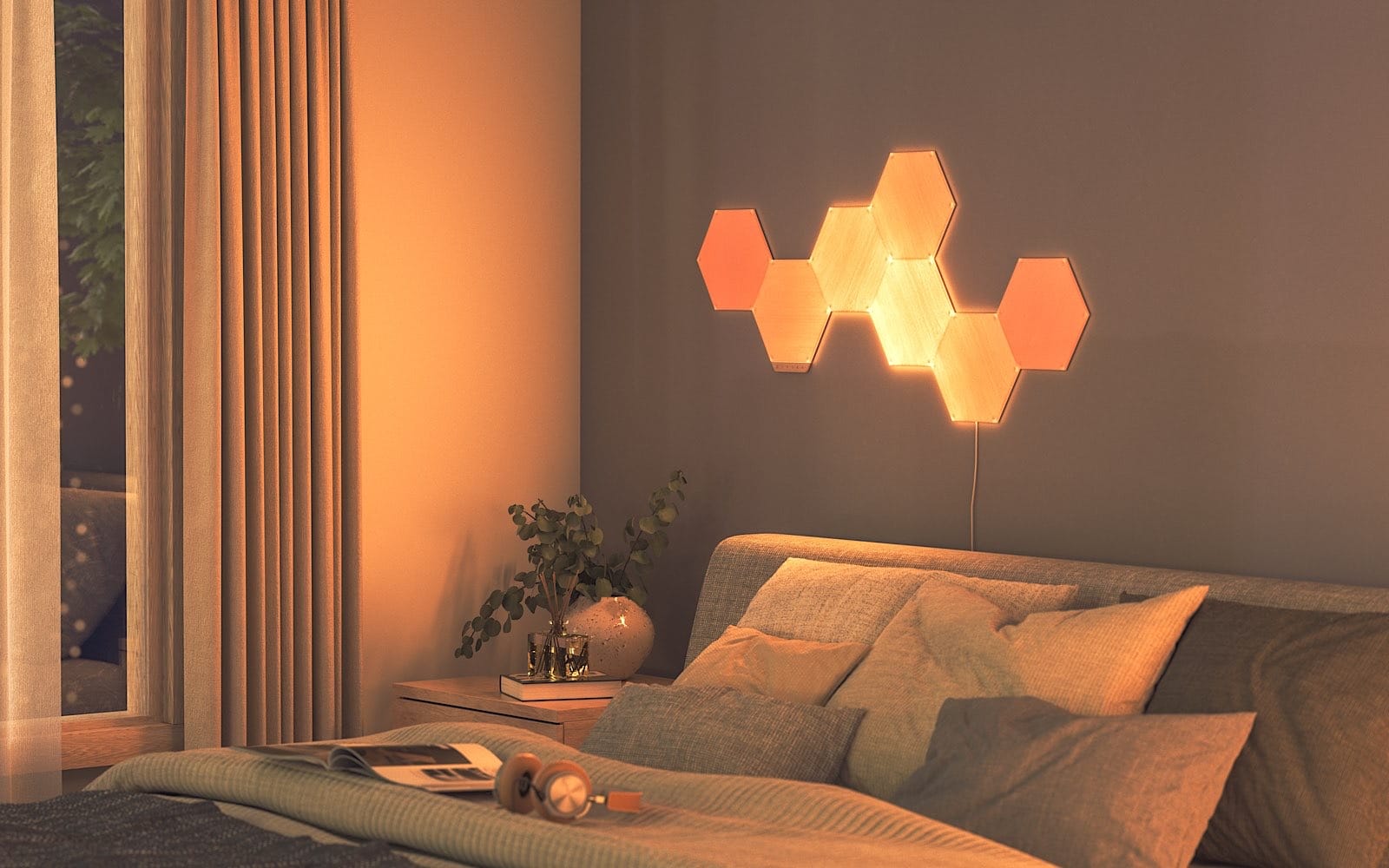
What does it need?
While the idea is cool, and definitely a different take on the standard Nanoleaf light-up colour block, we really wish Nanoleaf hadn’t have taken the cheap route with the adhesive, which itself is difficult to remove from a wall and will probably take out a chunk of your paint job with it.
Trying it again with our own 3M adhesive, we found that did a better job than what Nanoleaf supplied, and was able to be removed cleanly, compared with Nanoleaf’s own adhesive, which did not go so quietly.
Now we need to get out the paint and brushes. Thanks, Nanoleaf. We didn’t need that chore in our lives.
Is it worth your money?
It’s also a touch expensive, with the seven fake wood-grain LED panels selling for $430 in Australia, while three more panels in an expansion pack chiming in at $150. That’s about $50 to $62 per light panel depending on how many you need, a pretty sizeable cost for light-up art.
Compared to the cost of art or sculpture, it’s probably nothing major, but this isn’t art by a someone, but rather art by you. It’s shape by you, and at a premium, at that.
Comparatively, it’s even more expensive than the square Nanoleaf Canvas Smarter kit, which includes nine panels, supports more colours, and normally retails for $349, but can easily be found for less at street price. Essentially, you’re paying more for the fake wood, which mightn’t be that big of a deal anyway.
In short, Nanoleaf Elements is pricey, and mightn’t be worth that overall cost. When switched off, it looks a little more classy, like someone made a wood sculpture for the wall, while on gets you some of that smart light experience with colours that match the wood, but only that.
Yay or nay?
While the idea certainly is interesting, Nanoleaf Elements is still classy lighting with a catch. Two catches, more like, because your colours are limited and your wall mightn’t emerge from the experience unscathed.
That last one is particularly frustrating, because while we can deal with the colour limitation, if you struggle to set the Elements up properly, it can really leave a mark on your wall. And we followed the directions: we pulled the adhesive off exactly the way we were told, and while 3M’s adhesives haven’t broken in the way this did, Nanoleaf’s Elements adhesive left a small dent of missing paint in our wall. This reviewer’s wife will be pissed, understandably, and now he needs to get the paint out and redo the job because Nanoleaf cheaped out.
If you don’t mind leaving the Nanoleaf Elements in position, its take on classy lighting is interesting to say the least. But the moment you need to take it down, well, bring a can of paint is all we’re saying.
